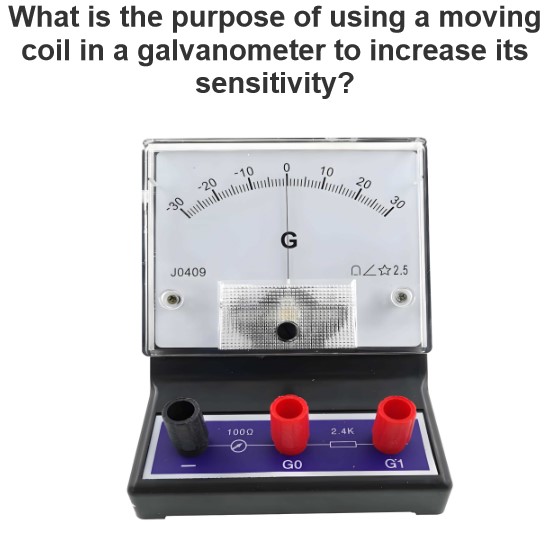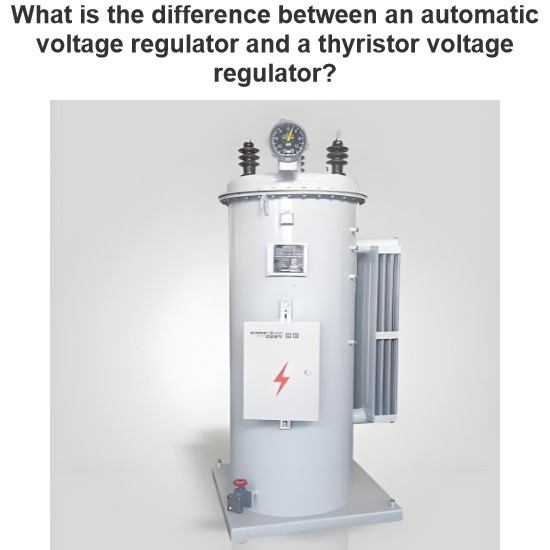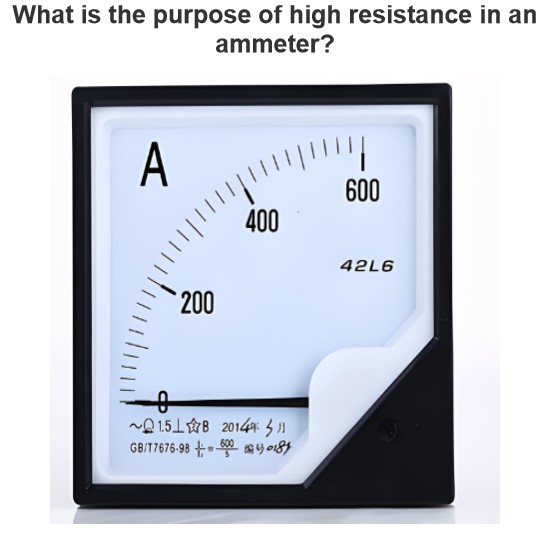What Is vector voltmeter?
A vector voltmeter is an instrument used to measure and analyze alternating current (AC) signals. It provides information about both the magnitude and phase of the signal. Unlike traditional voltmeters, which only measure the amplitude (or magnitude) of the voltage, a vector voltmeter can also measure the phase angle, offering a more comprehensive description of the signal's characteristics. Here are some key features and applications of a vector voltmeter:
Key Features
Amplitude Measurement:
A vector voltmeter can measure the amplitude (or magnitude) of the signal.
Phase Measurement:
A vector voltmeter can measure the phase angle, which is the phase difference between the signal and a reference signal.
Frequency Range:
Vector voltmeters typically support a wide frequency range, allowing measurement of both low-frequency and high-frequency signals.
Multi-Channel Measurement:
Many vector voltmeters support multi-channel measurements, enabling simultaneous measurement of multiple signals' amplitudes and phases.
Precision and Resolution:
Vector voltmeters usually offer high precision and resolution, making them suitable for precise measurements.
Display and Data Processing:
Vector voltmeters typically come equipped with graphical displays to visually present vector diagrams and other relevant information. They also provide data logging and analysis capabilities.
Application Areas
Communication Systems:
In wireless and wired communication systems, vector voltmeters are used to measure the amplitude and phase of signals to ensure signal integrity and quality.
Radar Systems:
In radar systems, vector voltmeters are used to measure the amplitude and phase of received signals for target detection and tracking.
Power Systems:
In power systems, vector voltmeters are used to measure voltage and phase in the grid to ensure the stable operation of the power system.
Electronic Equipment Testing:
In the testing of electronic devices and circuits, vector voltmeters are used to measure the amplitude and phase of signals to evaluate device performance and diagnose faults.
Research and Education:
In research and educational settings, vector voltmeters are used for teaching and research purposes, helping students and researchers better understand and analyze signal characteristics.
Working Principle
The working principle of a vector voltmeter is based on phase-locked loop (PLL) technology and digital signal processing (DSP) techniques. Here are the basic steps involved:
Signal Input:
The input signal enters the vector voltmeter through probes or connectors.
Signal Conditioning:
The input signal undergoes amplification, filtering, and other preprocessing to prepare it for subsequent measurement and analysis.
Phase and Amplitude Measurement:
Using PLL technology, the vector voltmeter synchronizes the input signal with a reference signal to measure the phase difference.
Analog-to-digital converters (ADCs) convert the analog signal to a digital signal, and digital signal processing algorithms are used to calculate the signal's amplitude.
Result Display:
The measurement results are displayed graphically, typically in the form of vector diagrams showing the signal's amplitude and phase.
Summary
A vector voltmeter is an advanced measurement instrument that provides both the magnitude and phase information of a signal. It is widely used in communication, radar, power systems, electronic equipment testing, and research and education. Its high precision and multifunctionality make it an indispensable tool in modern electronic measurement.
The Electricity Encyclopedia is dedicated to accelerating the dissemination and application of electricity knowledge and adding impetus to the development and innovation of the electricity industry.




